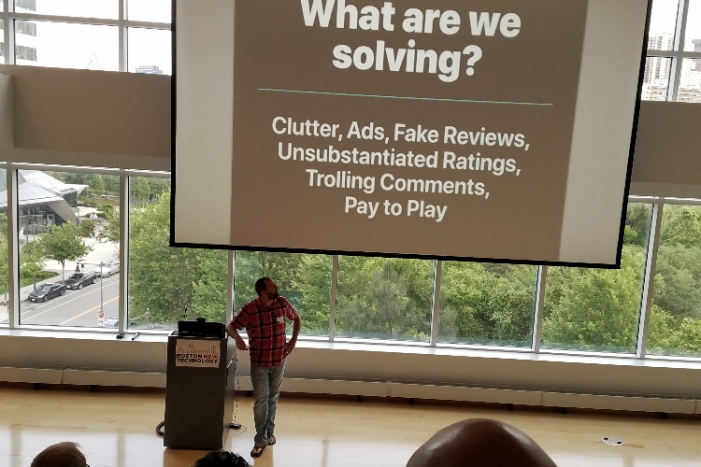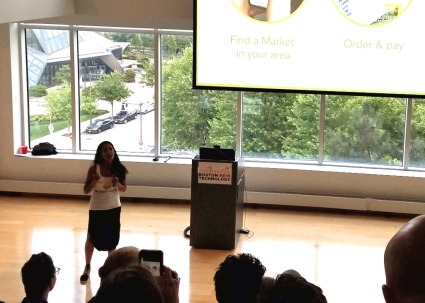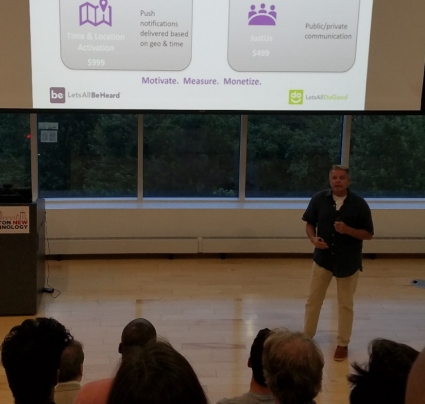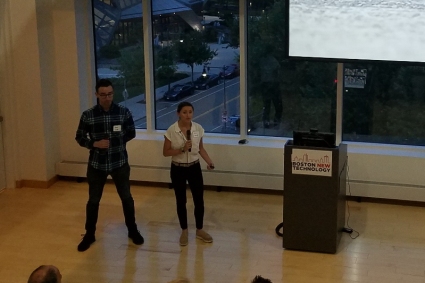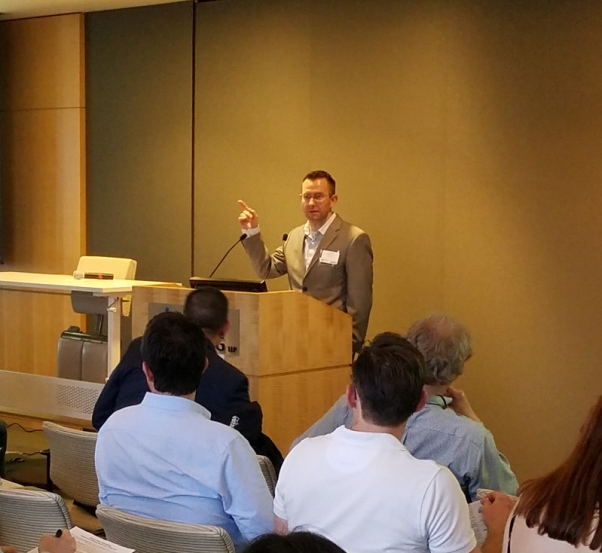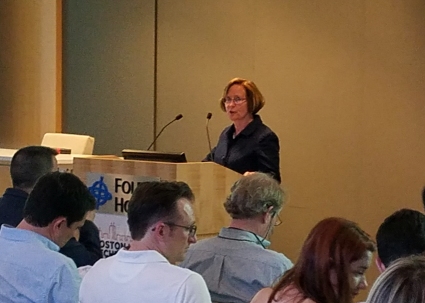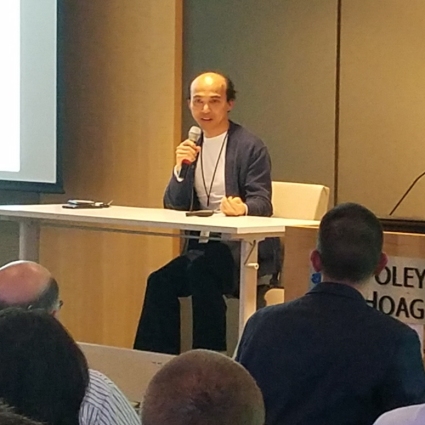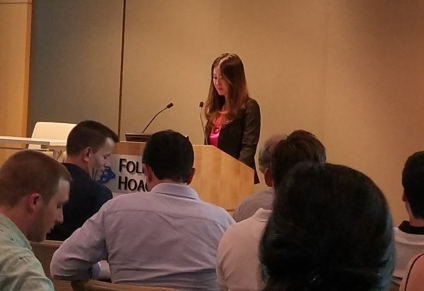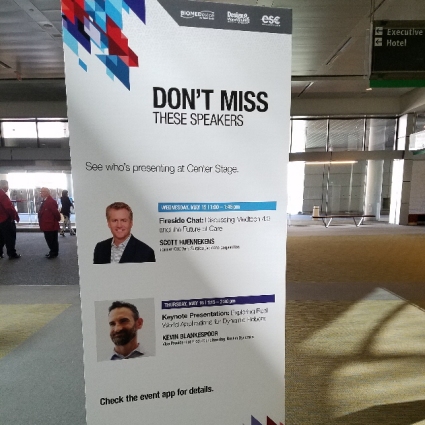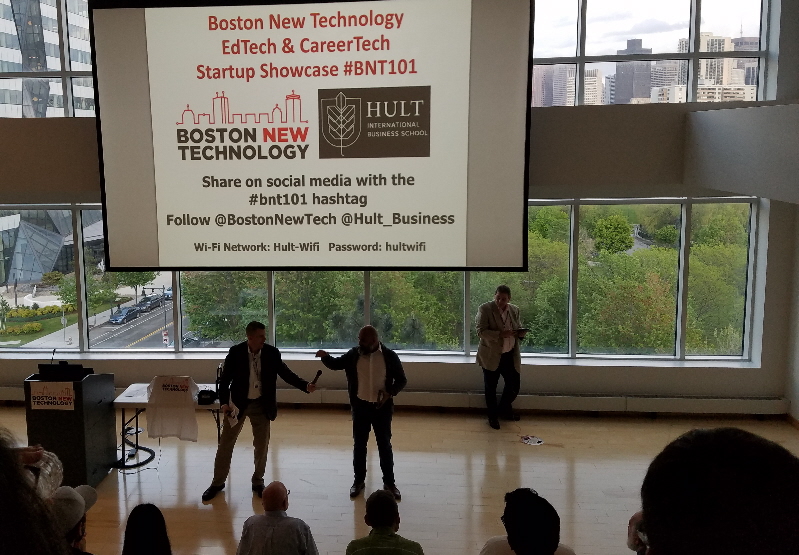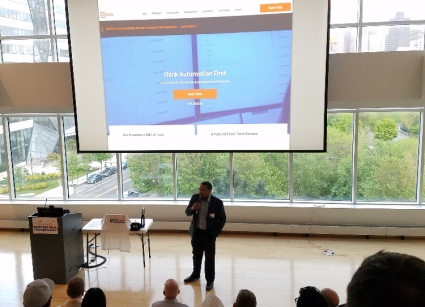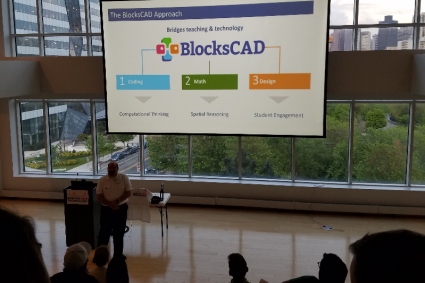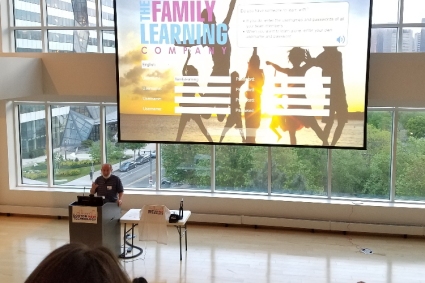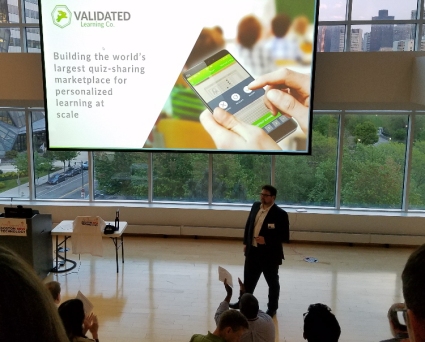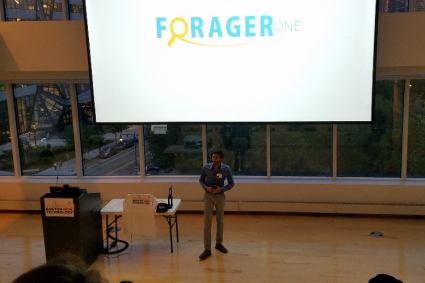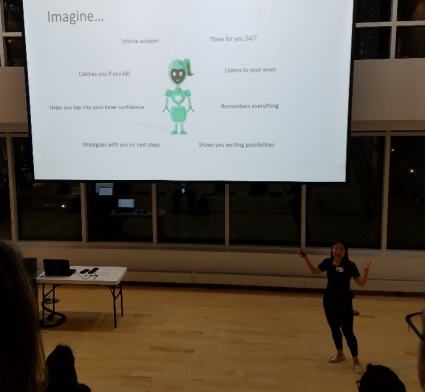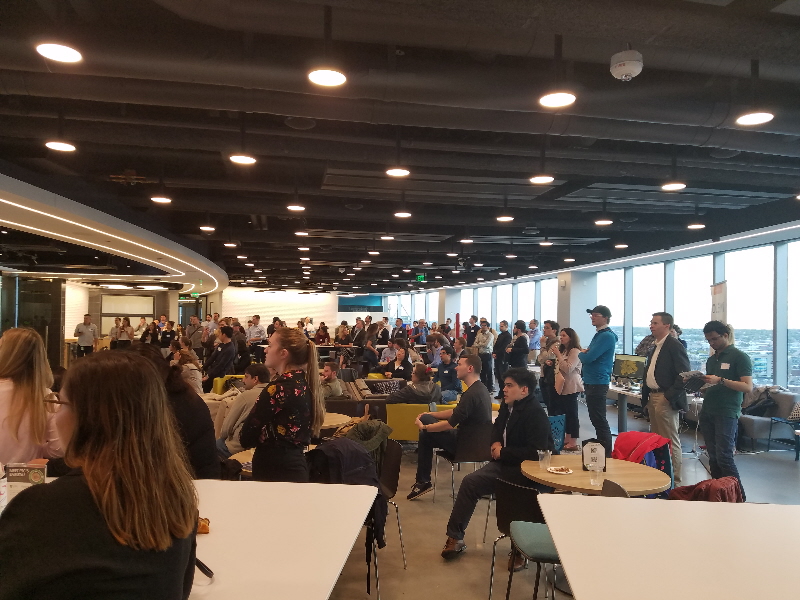This is a tale of an algorithm gone mad, a problem with a third-party delivery system, and the inability of customer care employees to fix a problem. As a result, a loyal customer has been lost, and this article is being written.
For your business, this story should get you thinking about your reliance on AI-based decision-making, the level with which you want to empower your employees to override those algorithm-based decisions, and your tolerance for customer loss as a result.
Backstory
The pandemic brought about changes in the way we shop. For me, one of the big changes was the move to grocery delivery. For pantry items, some combination of Amazon, Target, and Walmart worked well. (I found Walmart to be the most dependably in-stock of the three in the early days of the pandemic.) But that didn’t help with produce or refrigerated/frozen food items, so I looked to the grocery delivery services. In the beginning, I tried the big grocery store with the established delivery program. It worked great. Every week or two, a big truck pulled up with our groceries. I discovered I enjoyed the weekly deliveries. I work long hours, and it was a pleasure to regain my Saturday mornings from grocery shopping duty. As a bonus, online grocery shopping required advance meal planning and reduced impulse purchases, almost completely eliminating our food waste and reducing our weekly grocery bill, even after factoring in the additional cost of the delivery service.
However, while the grocery delivery service we initially used was exceptionally reliable, it was a little costly, so I decided to look for other options. Instacart worked OK, but the store with the most reasonable prices at Instacart had (and still has) a limited selection. So we tried Walmart, first for curbside pickup, then for delivery. As I understand it, Walmart employees do the shopping, and then (for delivery), they hand off to DoorDash, at least locally. I assume that when employees are picking the order, they probably know the store layout (and available products) better than an Instacart shopper might. For whatever reason, our Walmart orders have contained fewer mistakes than our Instacart orders. So, after our Walmart test-drive, in December 2020, I signed up for a one-month trial membership at Walmart+, and I let it roll over to an annual membership in January.
Enjoying our Deliveries With Barely a Hitch for the First 11 Months
For almost a full year, we enjoyed our Walmart+ membership. Groceries arrived every Saturday morning, usually within our one-hour delivery window, delivered by third-party drivers through Walmart’s deal with DoorDash. Some of our shipping orders would be converted to deliver-from-store. (These, it turns out, were also delivered by DoorDash drivers.) DoorDash drivers were meticulous about taking photos of their deliveries to prove they were delivered properly. Once, when I didn’t recognize the porch in the photo, I walked two doors down to our neighbor’s door and found our delivery there. (This happens with FedEx, UPS, and Amazon from time-to-time, too. Our house numbers are similar, and occasionally delivery drivers get confused, so I occasionally have to carry their deliveries to them, and when one of my deliveries doesn’t show, their porch is the first place I look.)
Walmart’s replacement items were a little iffy once in a while – notably when they replaced our nonfat yogurt with whole milk yogurt. (Um, yeah, anyone ordering nonfat is not going to be happy with full-fat.) But that could be fixed by turning off substitutions for most of our items (when I remembered).
In any case, we loved the service. While I had rarely shopped at Walmart before, the store became my go-to. I even began checking for items for shipping from Walmart, often buying there instead of Amazon. With the increasing number of third-party sellers now available at Walmart’s site, it’s very rare that an item available at Amazon is not also available at Walmart.com.
The Problems Only Started Around the Holidays
The first hint of a problem, though I didn’t realize it at the time, came in mid-November. When I received the text that our grocery delivery had arrived, I found on my front porch two boxes of Metamucil crackers with a sticker on them with the name “G. Wilson.” Apparently, I had gotten G. Wilson’s order. I wonder if G. Wilson received the several bags of groceries destined for G. Wilbur. In any case, I used the chat feature at Walmart.com, was refunded for the order, and reordered my groceries to be delivered the next day.
Well, the wheels really came off the process after Thanksgiving. Of the four orders Walmart converted from shipping to “deliver from store,” three never showed up. They were marked as delivered, but the DoorDash drivers didn’t take photos of their deliveries, except for one which was a photo of pitch black – a photo of darkness. If there was a porch in that photo, it certainly wasn’t ours because I had left my porch light on for the driver. In all of those cases, I walked around to check my neighbors’ houses before using the Walmart website’s chat feature to get refunds.
At the same time, our last two Saturday morning grocery deliveries – the second and third weekends of December – never arrived. We received messages that they were delivered, but there were no groceries on our porch. Interestingly, the DoorDash drivers didn’t include photos, either; they just marked our orders as “delivered.” So I hopped onto the chat with the representatives at Walmart.com, talked about how it was interesting that there were no photos of those supposed deliveries, and they refunded the orders.
The Triggering of Walmart’s Algorithm
The week before Christmas, I received an e-mail saying that Walmart had canceled that weekend’s delivery (which I had planned a day or two early because Christmas fell on a Saturday) due to “returns violations.” The e-mail said that, while I was no longer allowed to order anything from the website, I was welcome to shop at their stores. (Well, thanks. We didn’t shop at Walmart before the pandemic, so if I do return to in-person shopping, I’ll return to my previous grocery store.) I realize my problems must have triggered some loss-prevention algorithm. I would guess that their contract with DoorDash doesn’t cover the cost of the items DoorDash drivers lie about delivering (though some language in the contract about whose responsibility it is if there’s no photo of the delivery might help solve that), and they chose to lose me as a customer due to their delivery problems during the previous month.
Still, I thought perhaps a call to customer service would help. The representatives on the chat were their usual helpful selves, but my contact there said he was unable to do something, that I needed to call the 800 number where the representatives would have more authority. And, sure enough, the representative at the 800 number said he could see my problem and fix it for me. He said I could re-place my order, but I said it was too close to Christmas to schedule another delivery, that I’d just pick up a couple things in-store to tide us over and try ordering again the following week. I also noted that I don’t trust the delivery drivers anymore, so I would probably order for store pickup, at least until after the holidays. He and I had talked about how many more problems they were seeing during the holidays, so I thought perhaps in January their drivers would be more reliable again. He even sent me a code for $10 off my next order – a code I’ll apparently not be able to use – to apologize for my troubles.
So, on Monday evening this week, I placed my order – this time for curbside pickup. It was immediately canceled by Walmart’s algorithm, and I was sent a reminder note that all future orders would be automatically canceled because I had violated Walmart’s return policy. Apparently, CSR #1 had been unable to fix the problem, after all. So I called again. The new customer service rep could see the notes from the week before. He said that the problem must not have been escalated properly. He would take care of it, and it would be fixed in 24-48 hours. He also gave me Walmart’s “corporate phone number” in case I had a problem.
That brings me to this morning. I submitted my order for curbside pickup this weekend. I was skeptical that this problem would be fixed, and indeed it wasn’t. Immediately, the website canceled my order, and I was sent another boilerplate e-mail reminding me that I had naughtily violated their return policy (by reporting missing grocery deliveries as missing) and that all future orders at Walmart.com would be canceled. I called the corporate number, which turns out to be a number for Walmart’s media relations. Option #3 on the automated phone system is for customers, but when I pressed #3 this morning, I was simply transferred to a message of “listen to the following options” followed by dead air, with no options or capability to reach a person. I considered calling 1-800-WALMART again, but if the previous two phone representatives couldn’t fix my problem, how could a third?
So, I am now persona non grata at Walmart.com. I assume it was caused by dishonest DoorDash drivers. I suppose there could be a problem with the Walmart-to-DoorDash handoff. I’ll probably never know. The next thing I need to do is cancel my Walmart+ membership – my annual membership rolls over in January. Even if Walmart somehow solves my problem, I don’t trust the DoorDash drivers anymore, anyway, as a couple of mistakes on their part (perhaps even honest mistakes on their part this time) could trigger the algorithm all over again.
It is a little baffling that I’m unable to order curbside pickup, however, since the problem at my address is the inability of Walmart’s third-party representative (DoorDash) to provide delivery-from-store. I suppose their website simply isn’t designed to allow for curbside-only access.
Customer Service and Algorithms
I realize Walmart is a huge company and probably doesn’t care about losing an individual customer – or however many individual customers encounter problems like I did. However, their loss prevention algorithm is persistent, and they haven’t empowered their customer service representatives to override it. There’s a story here that all companies should consider. How many customers are you willing to lose to AI-powered decisions that your employees can’t override?
Media Relations Footnote: I did try pressing “1” for media relations to see if they could at least verify a couple of my assumptions above. I wasn’t sure if this blog was big enough to qualify as “media” to them, but I thought I’d try. However, when pressing “1,” members of the media are redirected to a message telling them to submit their questions to news.walmart.com/reporter, so I still couldn’t reach a human.

